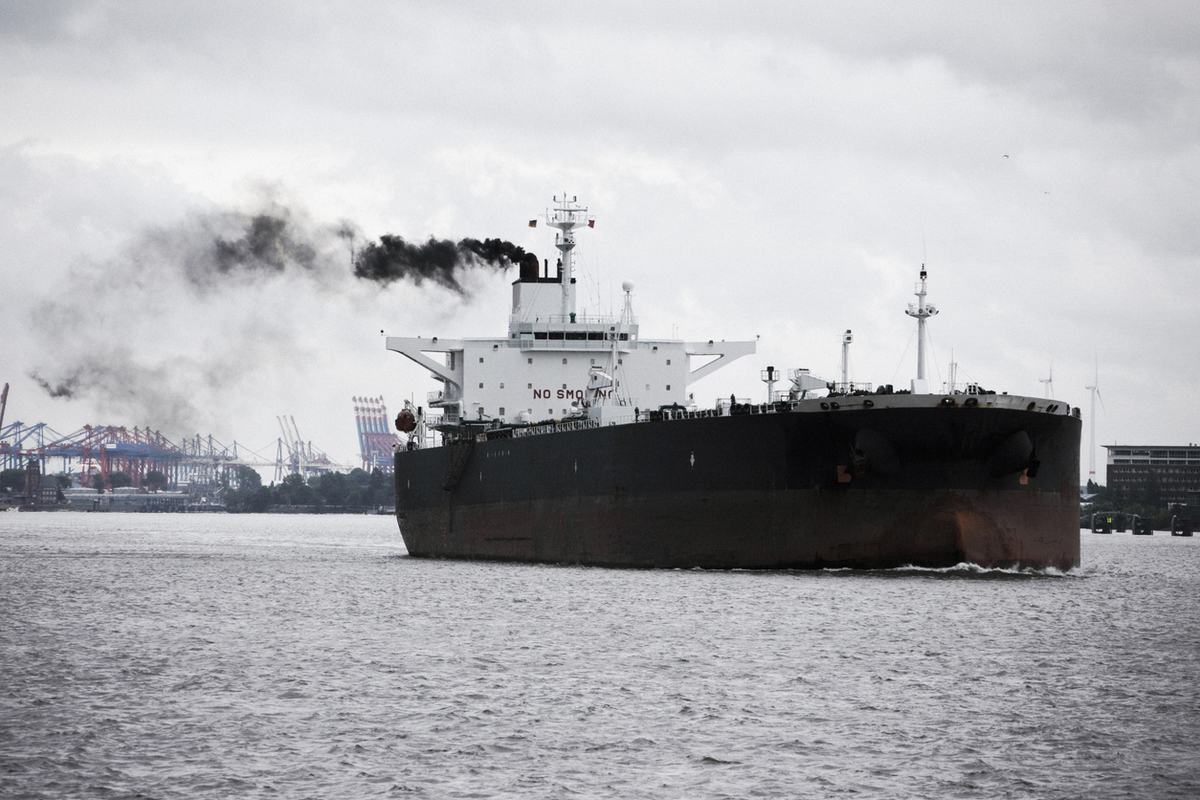IMO’s revised GHG targets nearly align with 1.5°C Paris goal – UMAS
A recent study by UMAS reveals that the International Maritime Organisation’s (IMO) revised GHG targets for 2030 and 2040 are closely aligned with a pathway to limit global warming to 1.5°C above pre-industrial levels.
 PHOTO: Oil tanker with smoke trail. Getty Images
PHOTO: Oil tanker with smoke trail. Getty Images
Analysis done by UK-based University Maritime Advisory Services (UMAS) shows that the IMO’s recently adopted revised targets correspond closely to a pathway that limits global warming to between 1.55-1.6°C. This alignment is based on the budget defined by the Intergovernmental Panel on Climate Change (IPCC).
IPCC, which was established by the UN, provides scientific knowledge on climate change.
To achieve these targets, significant modifications to existing and new ships will be required, UMAS argues. Even at the minimum level of ambition in the strategy outlines, the average ship's GHG intensity needs to be reduced by 86% by 2040. This means that era of fossil-fuelled shipping will come to an end, it adds.
However, IMO’s targets alone are not enough to stay on the pathway, UMAS notes. National, regional and corporative actions must also align with the 1.5°C pathway to avoid confusion and ensure a smooth transition.
While regional emissions policies such as the EU Emissions Trading System (EU ETS) or FuelEU Maritime are expected to play a role in shaping the regulatory framework, their impact will likely have limited global reach.
UMAS says that the mid-term measures that the IMO is expected to adopt will have much greater impact on the business cases for shipowners opting for low- and zero-emissions fuels and fuel technologies than what the EU's regulations will have.
EU ETS could lead to inequality in the shipping transition, making the cost of trading expensive for developing countries. The revenues generated through these policies are later transferred to high-income countries, leading to a further imbalance.
The analysis by UMAS emphasises the importance of collective efforts to align clearly with science-based targets. It backs public-private partnerships and green shipping corridors.
In July, the IMO’s Marine Environment Protection Committee (MEPC) adopted a revised GHG strategy with the ambition of achieving net zero emissions “by or around” 2050. The revised strategy also includes a 20% reduction in GHG emissions by 2030 (striving for 30%) and a 70% reduction by 2040 (striving for 80%).
By Nithin Chandran
Please get in touch with comments or additional info to news@engine.online






